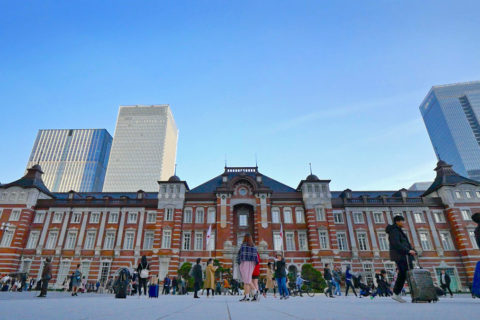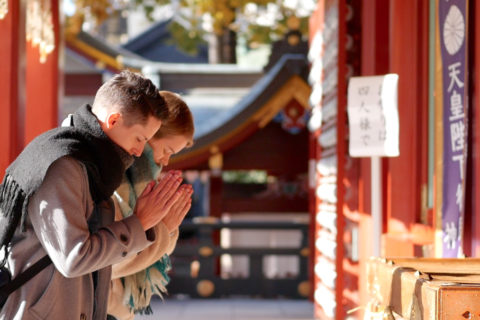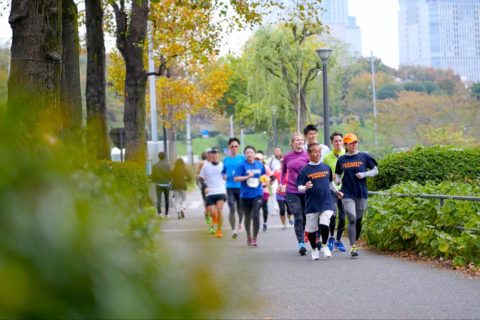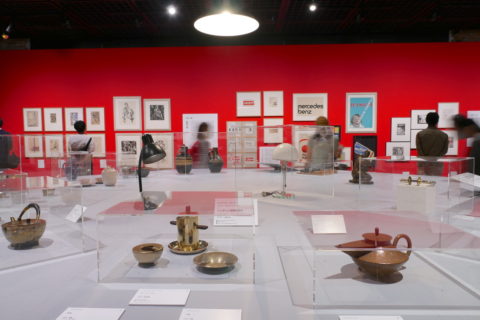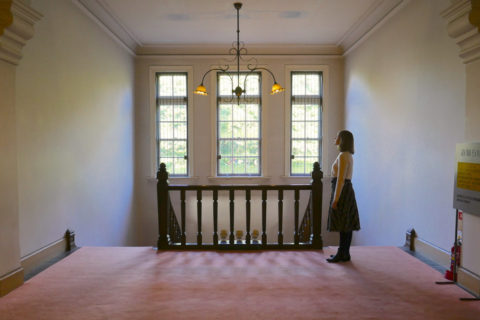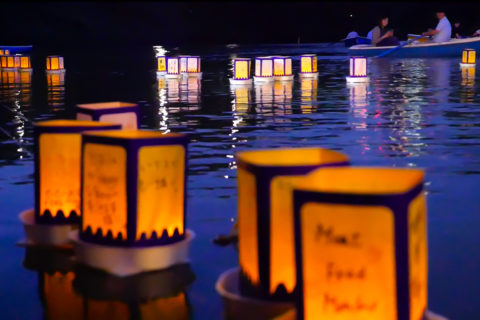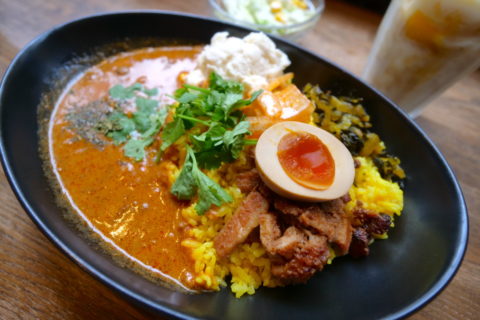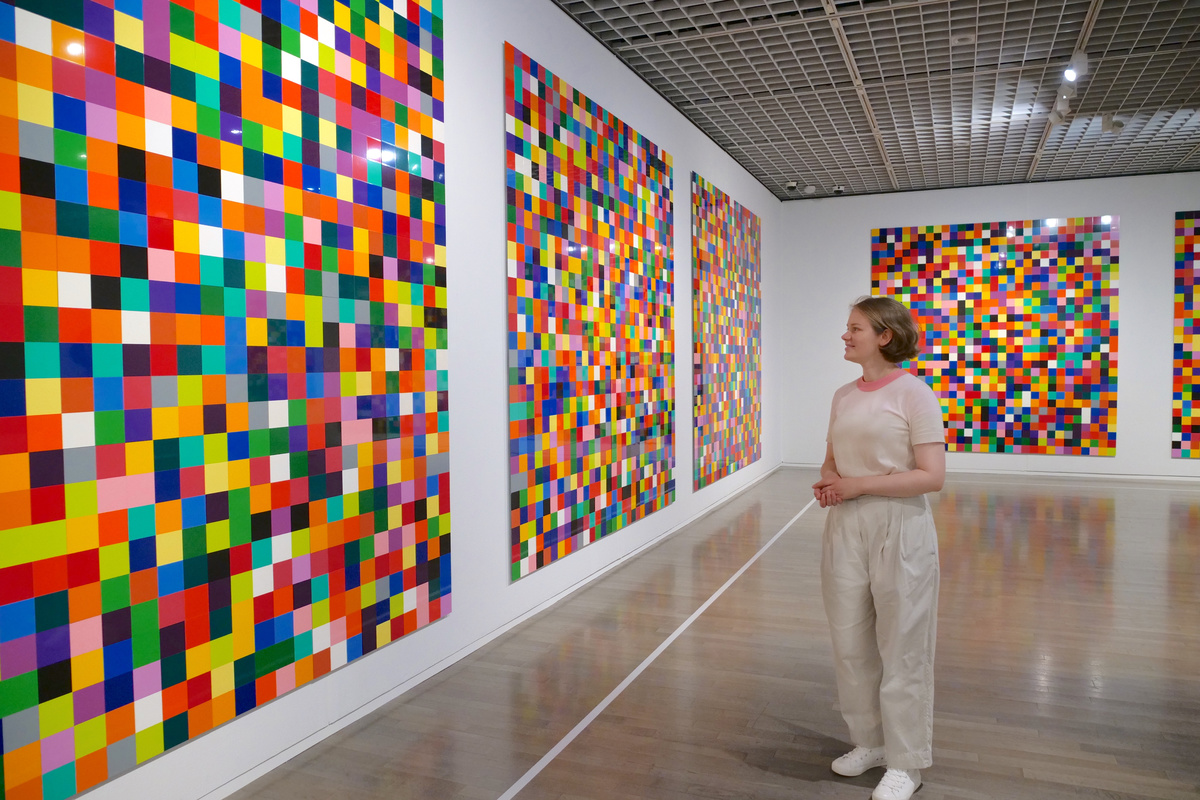
The German artist Gerhard Richter is one of the most important masters of the international contemporary art scene. The ongoing exhibition held at The National Museum of Modern Art, Tokyo (MOMAT) is his first large-scale solo exhibition in Tokyo. Also, some of his works are shown for the first time in Japan.
Through a truly diverse range of works in various phases of Richter’s 60-year career, the exhibition gives an extensive overview of his fascinating production activities. As a German myself, I couldn’t miss this exhibition!
Content
A long-awaited large-scale solo exhibition of Gerhard Richter
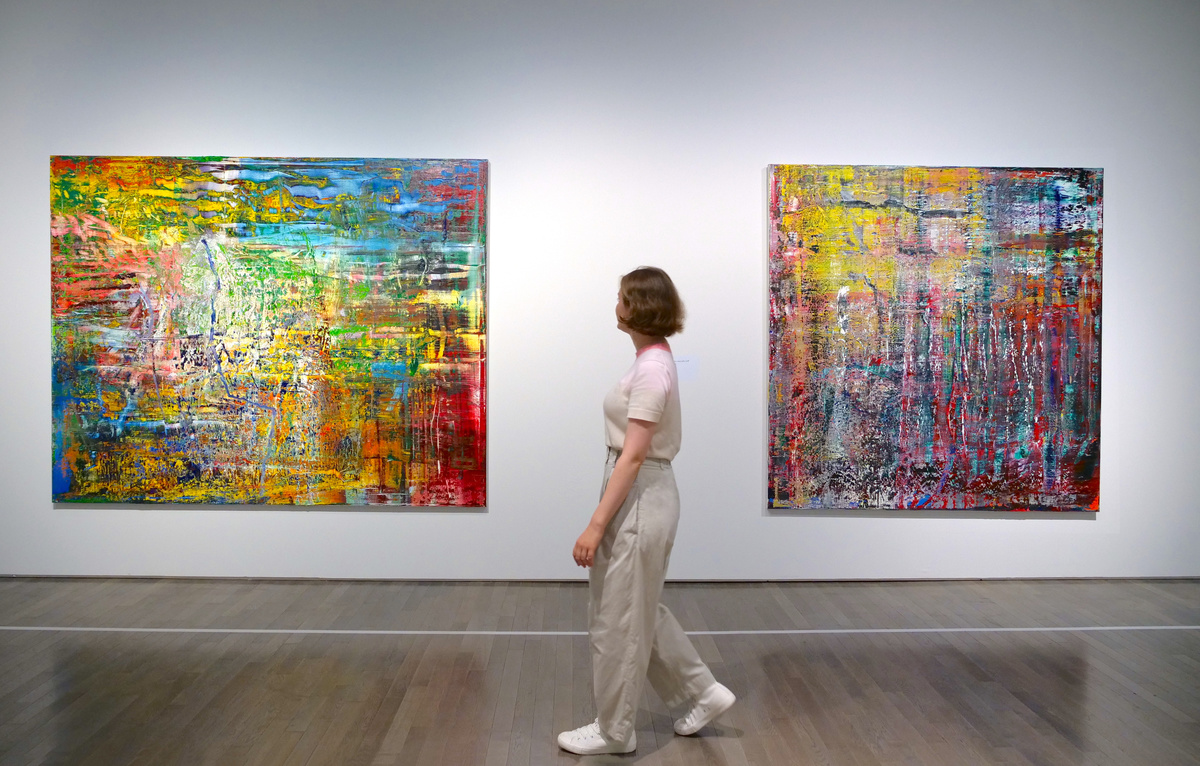
Richter, who celebrated his 90th birthday this year, is still active as an artist. During his 60 years as an artist, he created many large-scale artworks. Seeing these enormous works displayed in an extensive space gives off a power that could I couldn’t feel through looking at school textbooks and catalogs in my German school. You will be overwhelmed!
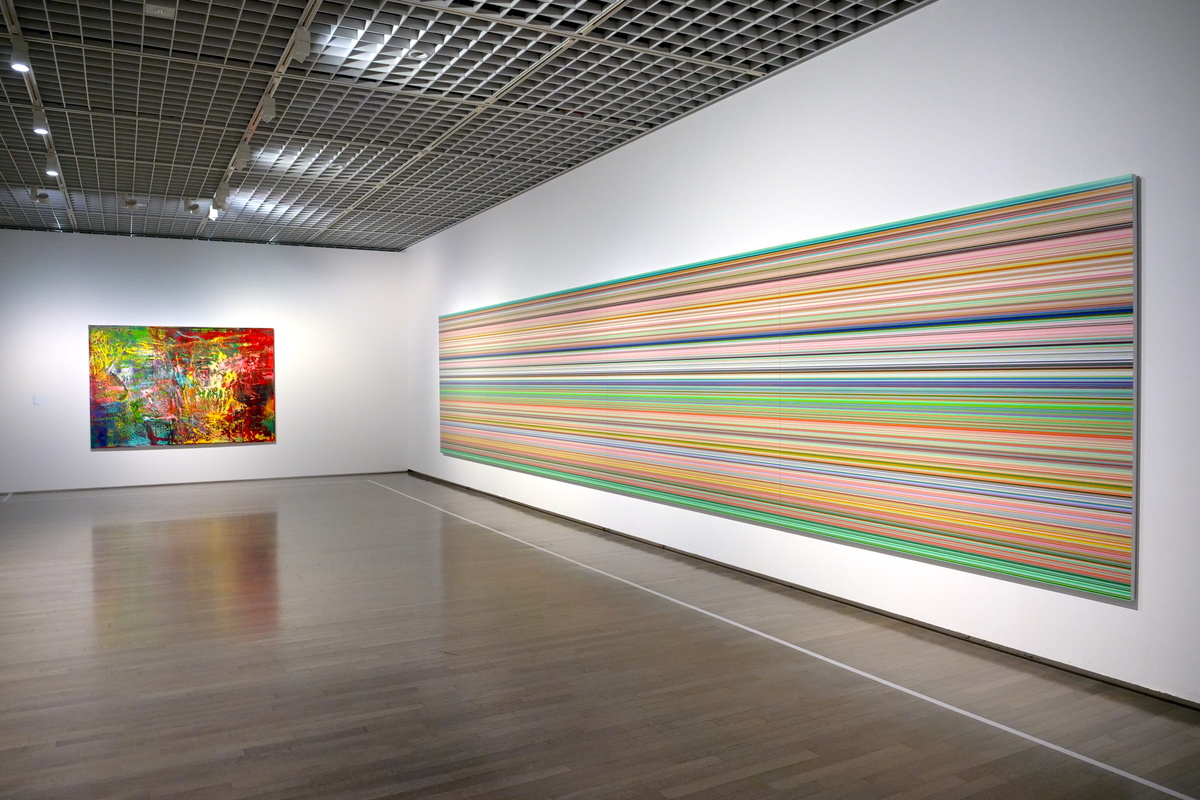
“Strip” is one of Richter’s large works. Richter started his digital print series in 2011. All of his works in this series derive from one of his “Abstract Painting | Abstraktes Bild” he painted in 1990. He scanned the work and divided it vertically. The 0.3 mm wide vertical slices of the painting were stretched out along a wide horizontal expanse creating several color stripes. The width of the “Strip” exhibited at MOMAT is as much as 10 meters!
Discover the full range of Richters works at MOMAT!
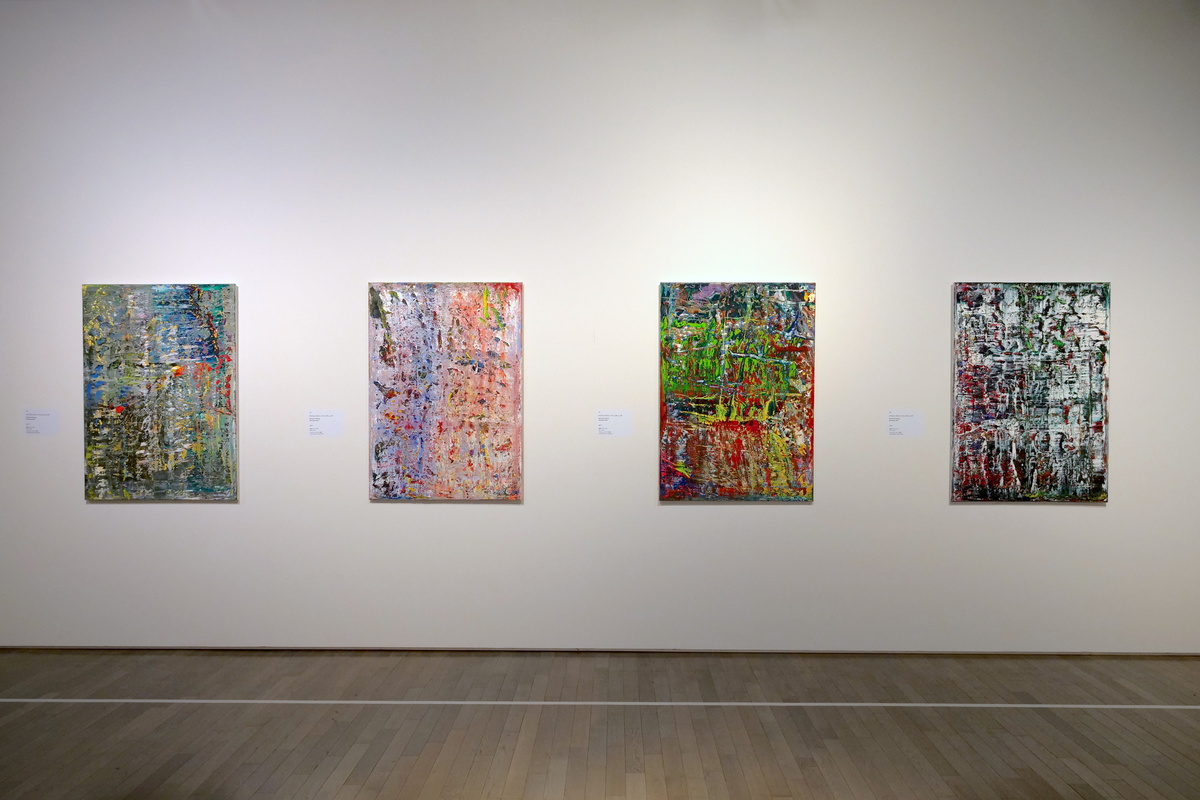
A special feature of the exhibition is that there is no fixed route. The displayed works are bundled by series, but there is no explicit order, meaning that the exhibition doesn’t stick to the timeline in which they were produced. By showing multiple series in one space, the viewer gets the chance to obtain a new perspective on Richter’s work. Even works you already know might appear different to you. So take this opportunity and stroll around Richter’s works while going back and forth between the series.
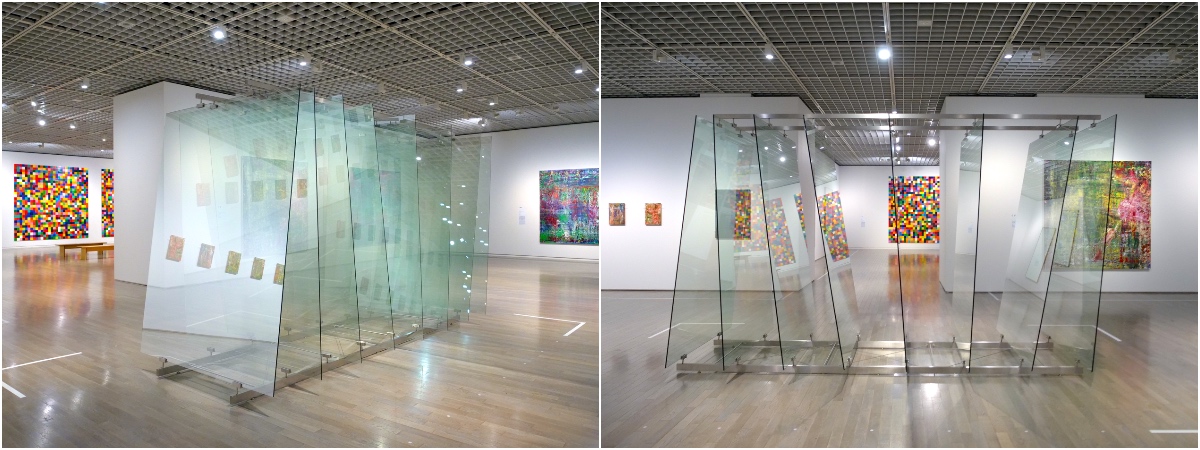
For example, by placing “Eight Panels of Glass|Acht Glasscheiben” in the center of the exhibition space, the art pieces behind the object as well as “I” get infinitely reflected by the overlapping glass layers. The changing surrounding creates every moment into a new, unique artwork.
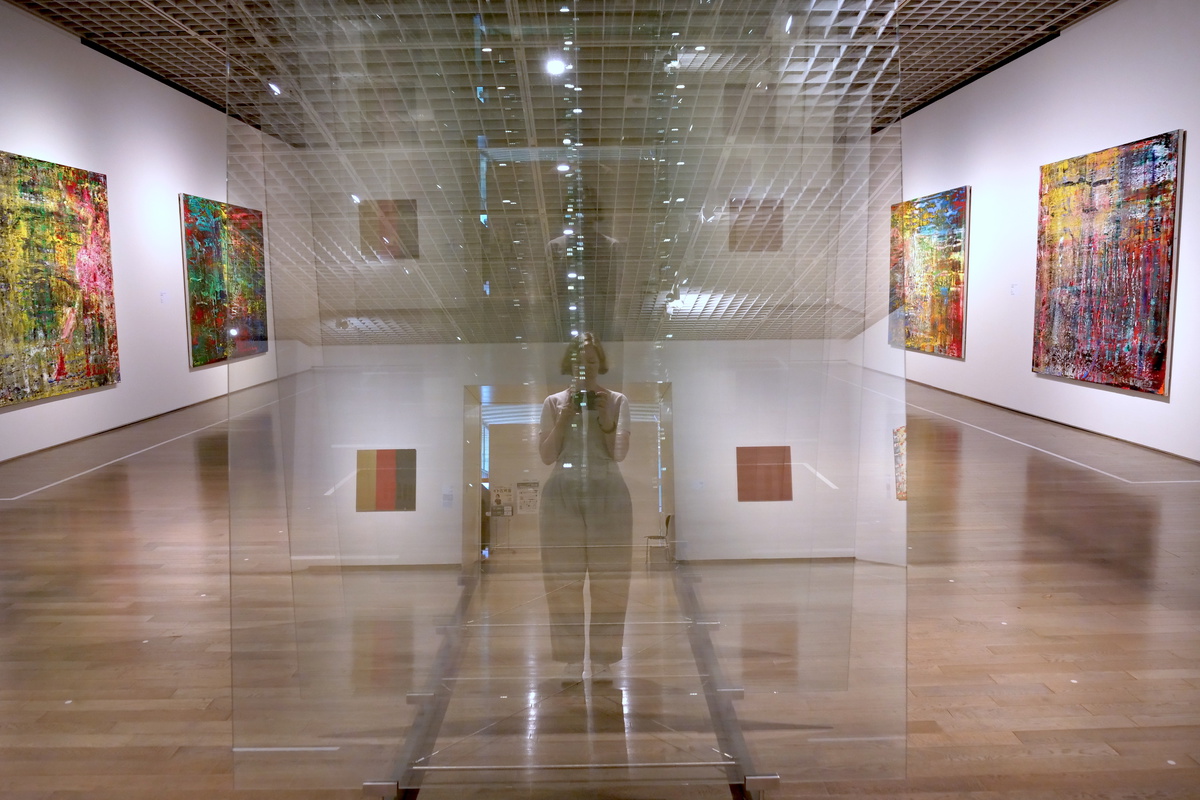
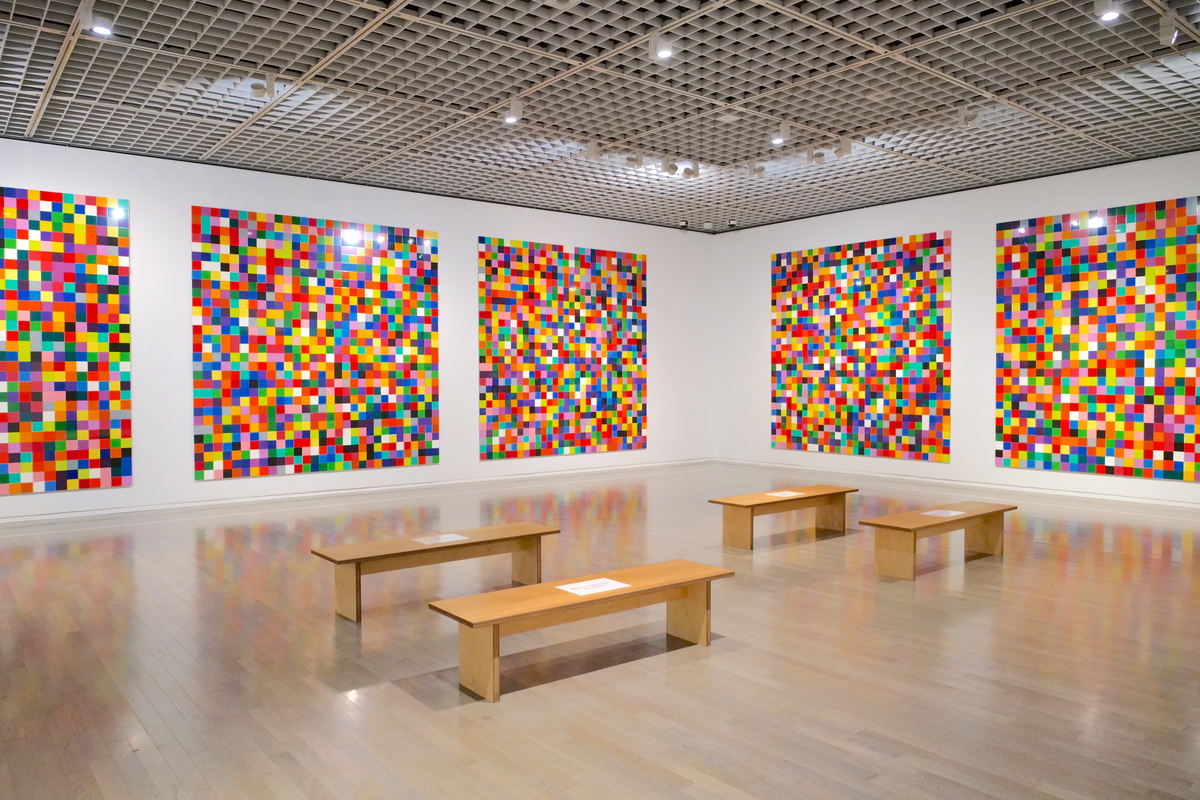
If you would like a detailed explanation of the creation process of Richter’s work, borrowing the official audio guide or listening to it using an audio guide app is a great option to get deeper insight.
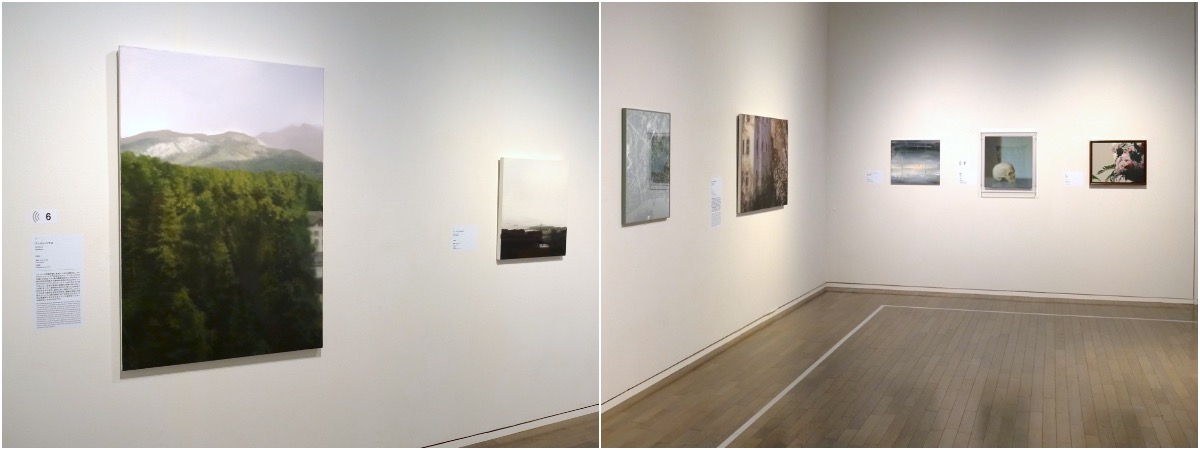
Japan premiere of Richter’s most important recent work
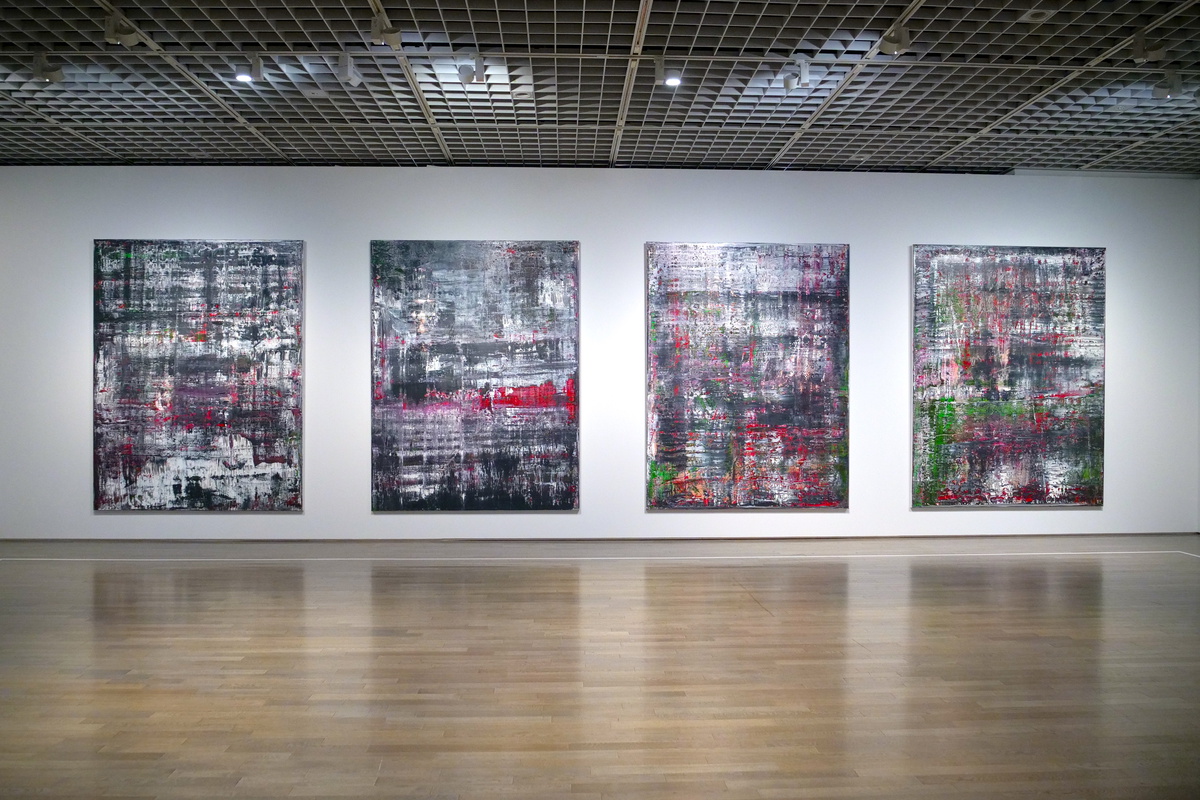
One of the highlights of the exhibition is “Birkenau” (2014), a series of four monumental paintings. At first sight, they look like abstract paintings, but hidden underneath are layers of images that were copied from photographs secretly taken by a prisoner at the Auschwitz-Birkenau concentration camp. Richter attempted to work on the subject of the Holocaust several times since the 1960s. In 2014, with this work, Richter finally found an appropriate expression for this serious issue and his viewpoint.
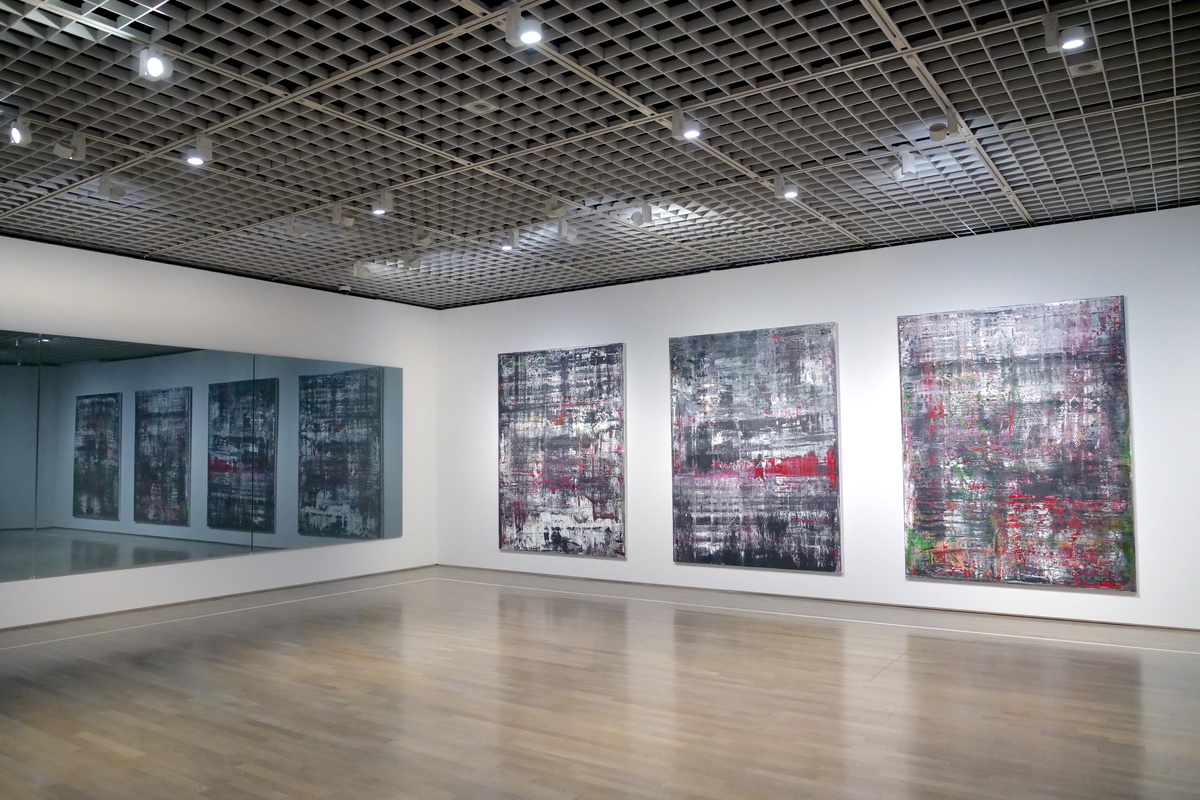
While more and more time has passed since the Holocaust, the fact that this terrible atrocity happened and the memories will never go away. As a German I found Richter’s kind of artistic expression very fitting. No matter how many coats of paint are applied, the fact that the Holocaust happened does not go away. An impressive work that makes you think!
Don’t forget to check out the limited items at the shop!
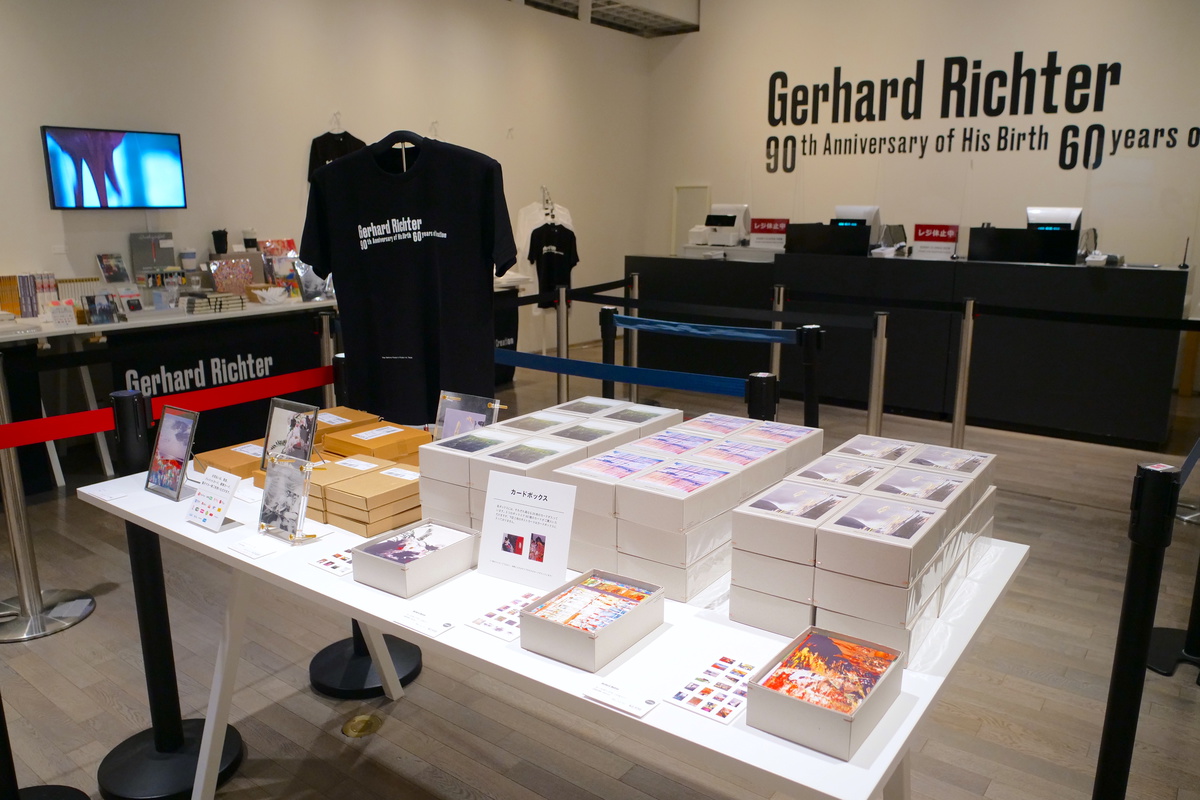
The shop – which you can only enter if you have a ticket to the exhibition – features plenty fun and unique “Richter items”. In Germany, museum shops do have some official items, but we never get THIS variety of art merchandise. The MOMAT lineup of goods is just amazing!
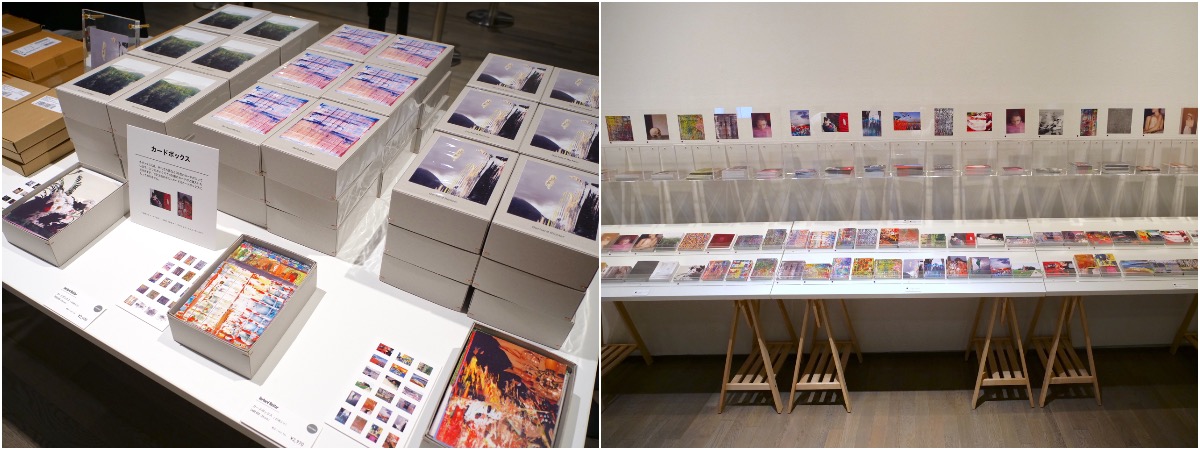
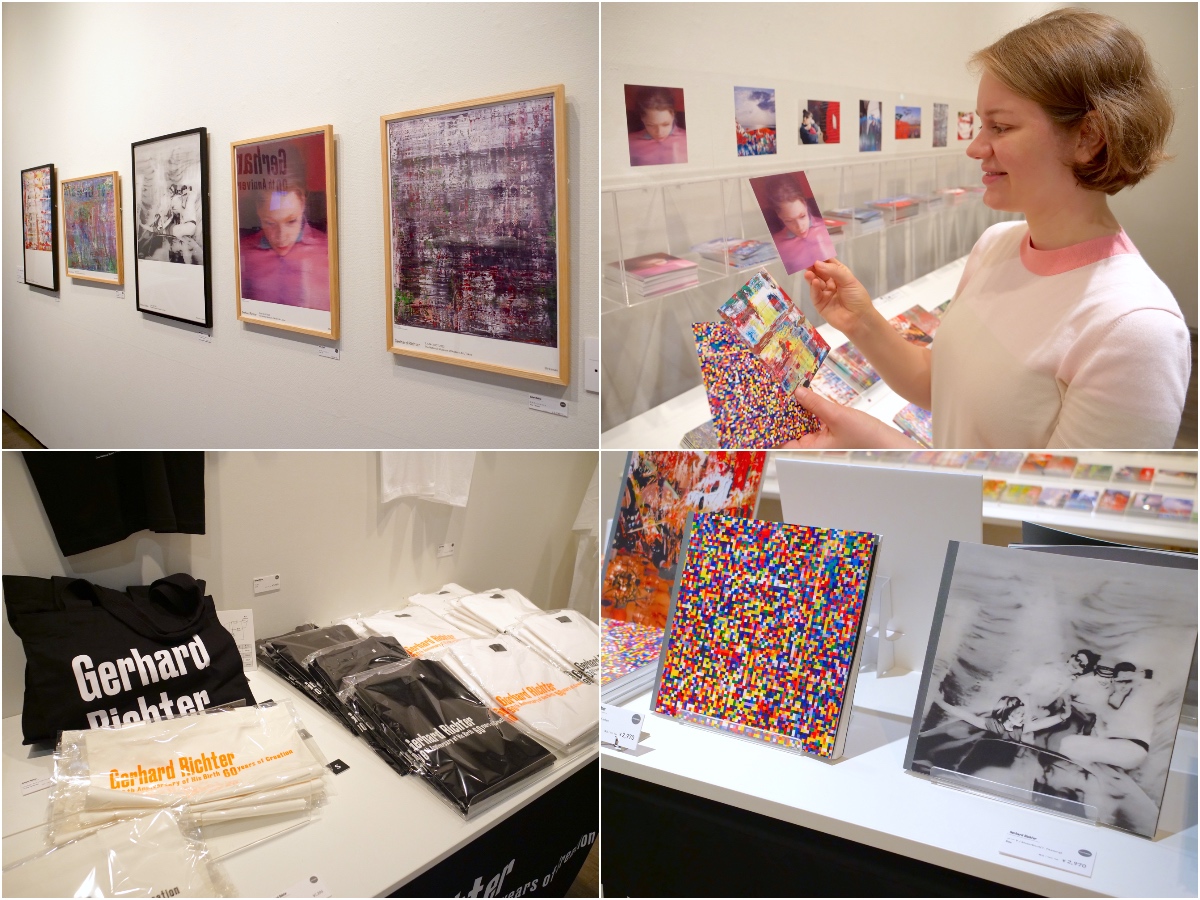
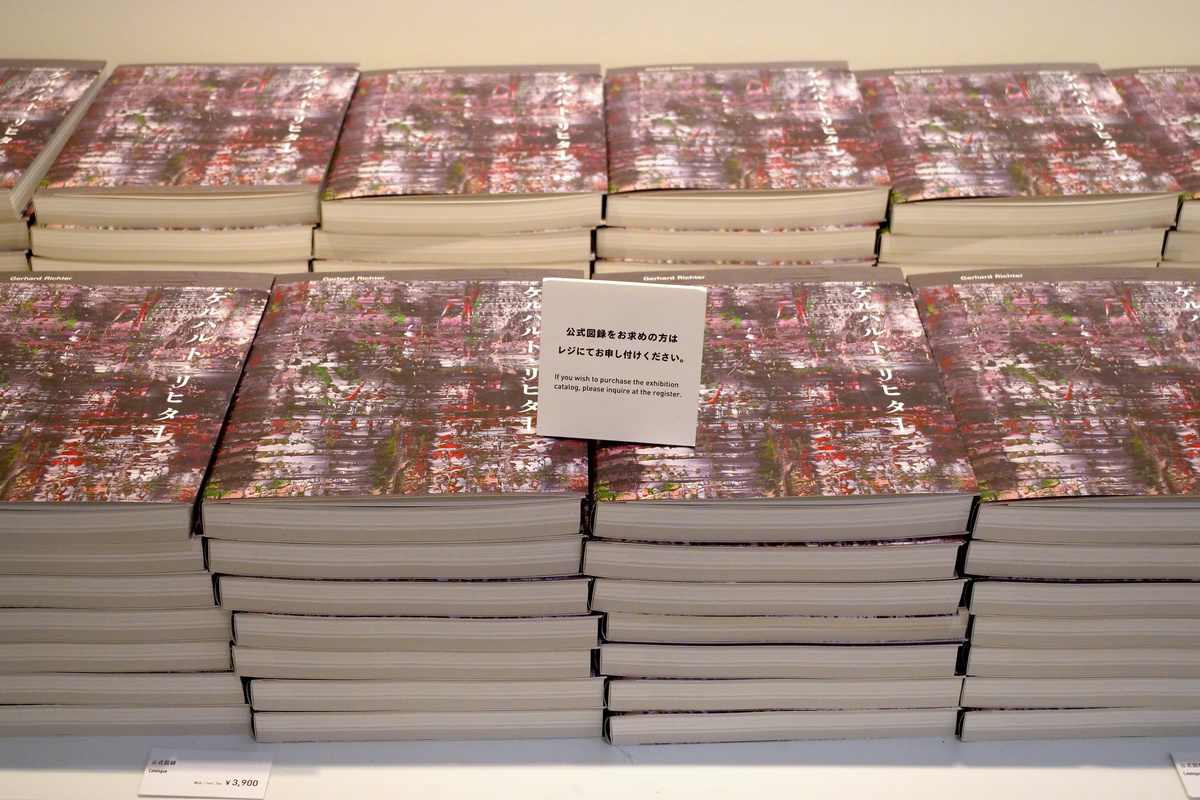
Don’t miss this once-in-a-lifetime chance to get an overlook on Gerhard Richter’s work (which is still growing!) here in Tokyo. The “Gerhard Richter” exhibition at MOMAT is held until October. Since the “MOMAT Collection” (until October) is also a must-see, why don’t you combine both and enjoy a perfect “art day”?!
All works in this article are by Gerhard Richter. © Gerhard Richter 2022 (07062022)
Gerhard Richter Exhibition
https://richter.exhibit.jp/
Location: National Museum of Modern Art, Tokyo; Special Exhibition Gallery (1st floor)
Date: June 7, 2022 (Tue) – October 2, 2022 (Sun)
Closed: Mondays (except July 18, September 19), July 19 and September 20
Opening hours: 10:00-17:00 (10:00-20:00 on Fridays and Saturdays)
*Last admission : 30 minutes before closing.
Tickets: https://richter.exhibit.jp/ or The National Museum of Modern Art, Tokyo (same-day ticket)
The National Museum of Modern Art, Tokyo (MOMAT)
https://www.momat.go.jp
Twitter: https://twitter.com/MOMAT_museum
Facebook: https://www.facebook.com/momat.pr
YouTube: https://www.youtube.com/user/MOMAT60th
3-1 Kitanomaru-koen, Chiyoda-ku, Tokyo
Google Maps: https://goo.gl/maps/UrVmJReZ5Vo6hUhB9
Nearest stations: Takebashi Station, Kudanshita Station, Jimbocho Station


